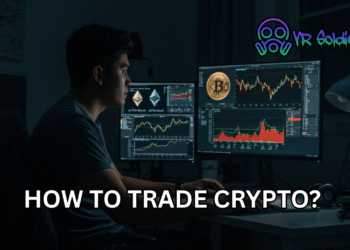There is quite a lot of technology involved in creating useful virtual reality headsets. Interpupillary distance, for example, is an integral aspect of creating a proper HMD. It is also rather difficult to ensure this distance is measured correctly. Messing up this particular aspect of a VR headset makes the difference between a useful HMD and one that will make you very queasy.
A Closer Look at Interpupillary Distance
Although the term interpupillary distance sounds rather confusing, it is a rather simple concept. This unit of measurement represents the distance between the center of the pupils of both eyes. This is a critical aspect when it comes to designing any form of head-mounted display. In fact, every type of binocular viewing system requires a properly calculated interpupillary distance. If the eye pupils are not aligned with the exit pupils of a viewing system, there is a severe issue.
This technology is incredibly important when dealing with head-mounted displays, such as a VR headset. The interpupillary distance data is used to specify the range of lateral adjustments of the eyepieces. It is pertinent VR hardware manufacturers take the interpupillary distance into account at all times. This is not all that easy, though, considering every human has different eyes with slightly different positioning. In most cases, one can determine the average distance between pupils and use that as an official reference point, though.
Interestingly enough, the vast majority of VR headsets offers a way to change the interpupillary distance. This is a positive thing, though, as the standard settings will not work for everyone. It is good to see consumers have a way to adjust this setting to improve their VR experience. This setting should not be tampered with too much, though, as for 95% of the population, the standard IPD is more than sufficient.
Having an option to switch the IPD is significant when multiple people use the same VR headset. VR arcades, for example, will always look for hardware with such a feature. It only makes sense to adjust the interpupillary distance from one person to the next, unless they are part of the 95% of the population who are content with the standard setting. It is a good feature to have, although one that is not necessary for everyone in the world.
If you liked this article make sure to follow us on twitter @thevrbase and subscribe to our newsletter to stay up to date with the latest VR trends and news.











